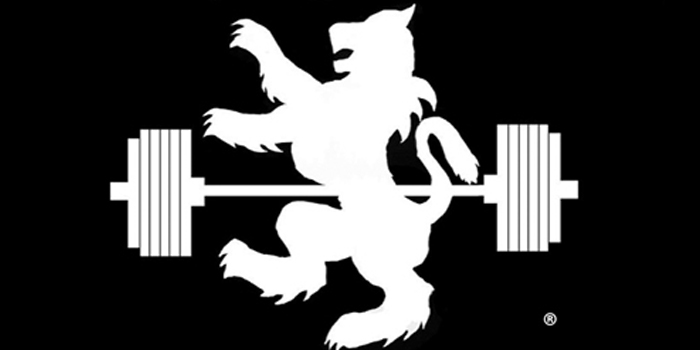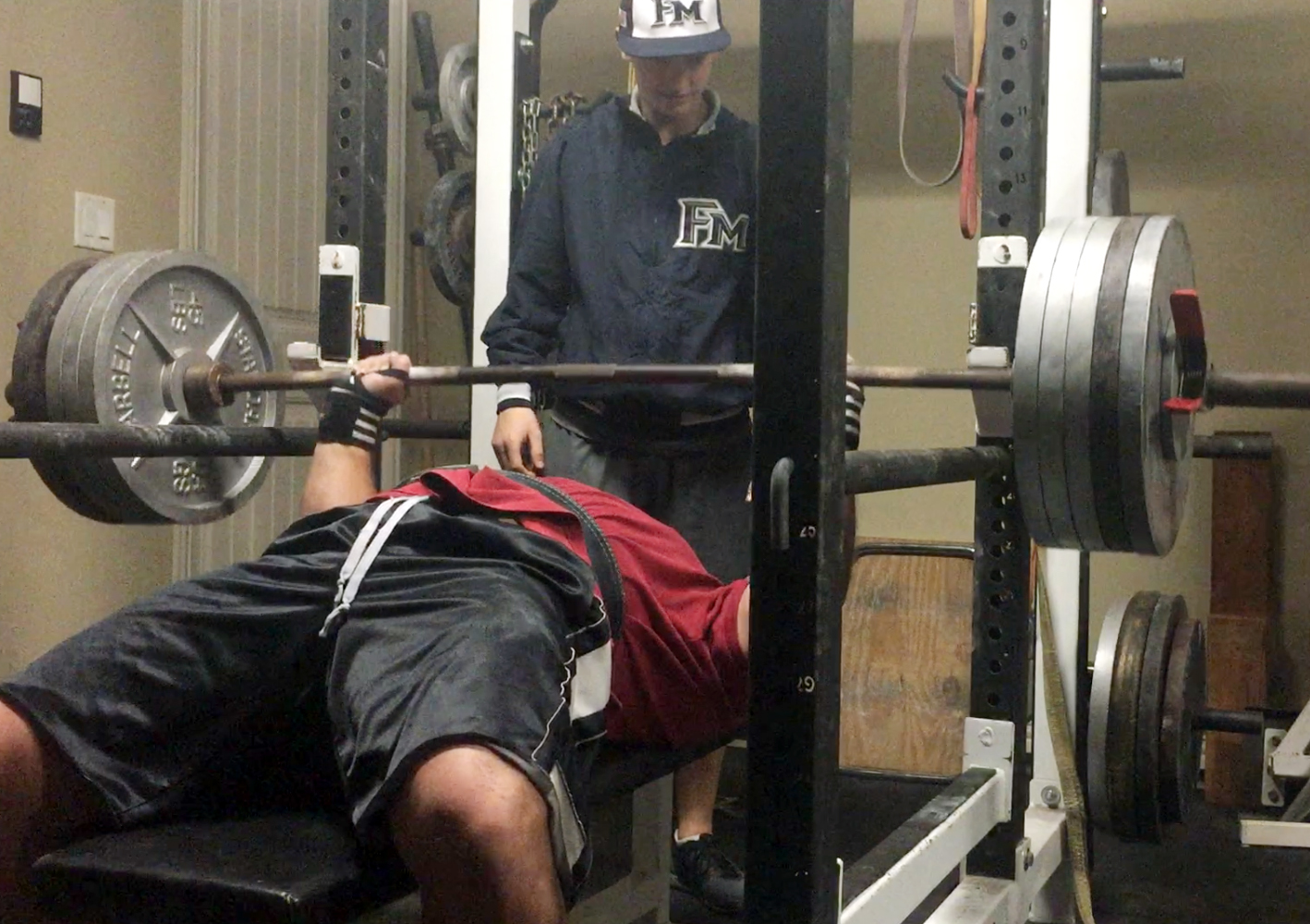
Wall Street, Training, and Dead Cats
Over the last two months, my training has taken a positive turn and has improved dramatically. I'm not sure what happened, but like a good pilot, I somehow pulled my nose out of a free fall. I went from a broken-down rusty machine, dreading each and every training session, to being insatiably drawn back to the gym, feeling invigorated.
I hope it’s not a dead cat bounce.
A dead cat bounce is investment jargon referring to a temporary recovery in a stock price after a significant downward trend. The term was coined on Wall Street with the morbid idea that even a dead cat will bounce if dropped from a height. It’s a temporary recovery — a false recovery. I hope that’s not what’s transpiring with my own training.
I’m going to enjoy this ride for as long as it lasts.
RECENT: Coaching: Sometimes It's All in the Delivery
Online Programming — Not Quite
From time to time, some of my former training partners and trainees share their workouts with me via text, email, or Facebook message (evil Facebook). One in particular almost consistently submits his training on a weekly basis. There was no discussion prior to the outset of these sendings; no "I’m going to start sharing my training with you and if you have any thoughts or if you see anything that needs correction, please let me know." Most of the time there’s also no hint of social custom involved (i.e., there’s no greeting; no question about the family or work).
The texts simply began to arrive. Here’s an example:
Squats 5/3/1 Program Week 3, 360x5. 405x3. 450x1+ I ended up doing four total reps.
So, while I’m not proactively handling his programming per se, when I have thoughts worth sharing, I definitely make mention of my opinions.
As part of my training resurgence, I’ve been more mindful of programming and more diligent with planning and recording the results of my own sessions. Exercising this discipline helped me notice a few nuances in his programming that I felt could be improved with a few simple adjustments and considerations.
Have Your Programming Set Prior to Walking into the Gym
It’s a great habit to have all of your programming done before you begin a training session.
You should know exactly the exercises you will need to complete (target sets and reps) and have a sense of the goal you are trying achieve for that session (e.g., new max personal record or perhaps a rep record). It provides a roadmap to keep the session on track and also helps enforce a sense of accountability — it’s harder to call it a day and cut a training session short when it’s written first; it’s a psychological benefit.
I’m required to perform these lifts.
I started really examining the benefits of proactively planning after receiving a text from the aforementioned training partner. He was suggesting he was already in the gym and looking for some guidance on how to structure his training for that session.
Here’s a concrete example from my own training over the last few weeks to illustrate the primary benefit of proactively planning. A week prior, I was performing standing military press and for my final set, I hit 250 for four repetitions. I was pleased with the set overall but felt I might have inadvertently left an extra rep in the tank.
WATCH: Table Talk — The Worst Beginner Mistake
In setting my programming for the next maximum effort upper body session, I wrote out each set and repetition I was going to perform the next day. Knowing how I felt the previous session, for my last set I wrote 250 for six repetitions — that was the goal and although it may have been ambitious, I thought about it all day leading up to that training session. I thought specifically about how good I was going to feel after I hit that rep record.
On that Friday evening, I hit it.
The last rep was a bit of a grinder and had I not written it down, I think I may have quit at five reps. Had I not written the programming the previous day, to set the expectation, I’m sure I would have had a training session of a lesser quality.
I know setting the time aside to do this is really challenging (there are never enough hours in the day). My sense is few of you do this type of preparation and candidly many of you will probably continue to treasure hunt without a map. Hopefully, this will resonate with some.
If the Program Works, Stick with It
I attended the elitefts Learn to Train 3 Seminar “LTT3” back in 2011. Dave Tate was the opening speaker and in addition to discussing the conjugate training method he discussed the three causes of sticking points: technical, physical, and mental. Before getting into the nuts and bolts of his discussion, he criticized what he called “Lilly Pad Programming”—the jumping from program to program too quickly, like a frog jumping across a pond. Any trainee has got to be patient enough to allow time to realize the effects of progressive resistance training prior to making a significant programming switch.
As I reviewed the texts containing my friend’s programming and contrasted them with my own, I thought back to Tate’s comments.
It became apparent my friend was changing up his programming too frequently. He was moving from 5/3/1 to a form of conjugate training, to the utilization of bands and chains, to pause squats, to something else, almost on a weekly basis. All of the aforementioned programs and modalities boast benefits, but the frequency with which he was switching from one to the next didn't allow him to maximize his progression.
If your current programming fails to produce results for an extended period of time, it’s probably time to make a change. Otherwise, stick with one progression until it stops working (i.e., until the results subside).
It Doesn't Have to Be Complex to Be Effective
I was recently listening to Bas Rutten (“El Guapo”) speaking on the Joe Rogan Experience Podcast (JRE #761). Rutten is a retired Dutch mixed martial artist, a former UFC Heavyweight Champion, and an inductee into the UFC Hall of Fame. He finished his mixed martial arts career with a 22-fight unbeaten streak and has worked as a color commentator in several MMA organizations.
In discussing his own recent training El Guapo mentioned he was still using the same stretching routine from 1993.
I never change it because it never gave me a problem in training. I had a winning combination. It always helped me. Let's not break that. Let's keep it the same.
Rutten runs his own martial arts school, Bas Rutten's Elite MMA. With regard to training and the important of drilling the basics, Bas told the following story:
I had a student come up to me after class and say, "you know what's funny?"
I said, "what?"
"I've been training here for three years and you're still teaching the same stuff."
"Do you want to hear something funnier?" Bas asked. "You're still not doing it!"
Everyone wants to forget the basics. They all want spinning-back-kicks to the head, back-fists, and crazy elbows.
Don't forget the basics.
Basic consistent programming is the key to building a strength foundation.
Plan consistently, stick with what's working (until it stops working) and don’t neglect the basic movements.












